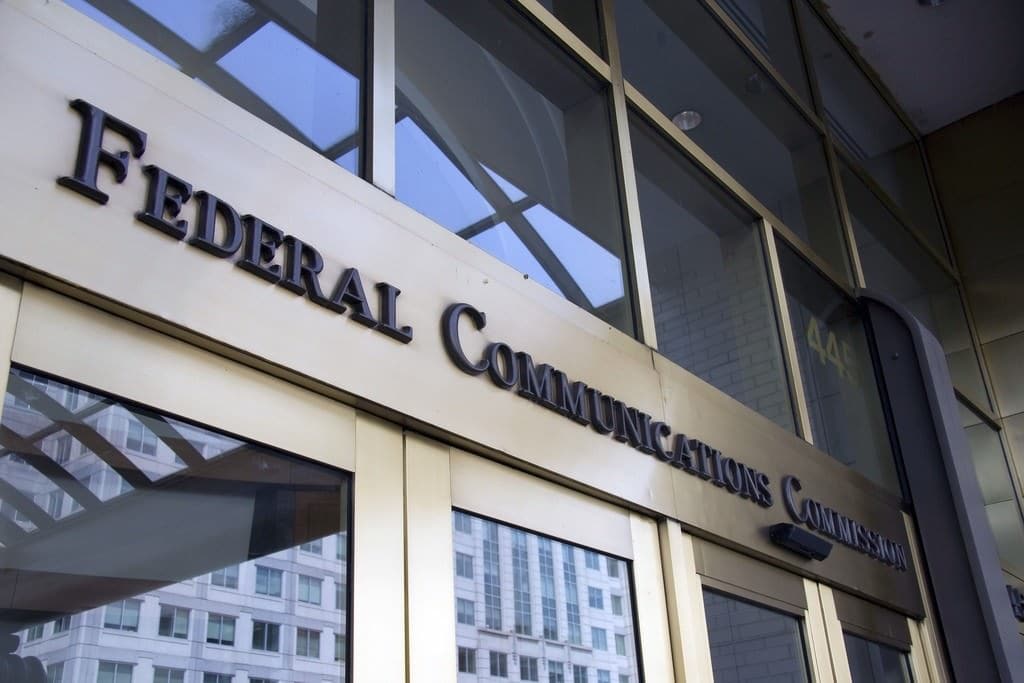The second phase of the Federal Communication Commission’s (FCC) expanded audio description rules will take effect next month as 10 additional designated market areas will be required to provide audio description.
The FCC’s audio description rules currently require certain broadcast stations in the top 70 designated market areas (DMAs) to provide described programming. A DMA is a region of the United States that is used to define television and radio markets. There are 210 DMAs in the U.S., which usually are based on metropolitan areas.
The commission OK’d a plan in 2020 to expand its audio description requirements to 40 additional DMAs over a four-year span. The first 10 of those DMAs (61-70) were phased in on Jan. 1. 2021.
The next 10 DMAs (71-80) subject to the expansion on Jan. 1, 2022, will be viewing areas in Omaha, NE; Wichita-Hutchinson, KS; Springfield, MO; Charleston-Huntington, WV; Columbia, SC; Rochester, NY; Flint-Saginaw-Bay City, MI; Huntsville-Decatur, AL; Portland-Auburn, ME; and Toledo, OH.
FCC Requirements
Audio description makes video programming more accessible by inserting narrated descriptions of a television program’s key visual elements during natural pauses in the program’s dialogue. The action ensures that a greater number of individuals who are blind or with low vision can be better connected, informed, and entertained by television programming.
The FCC’s audio description rules currently require commercial television broadcast stations that are affiliated with one of the top four commercial television broadcast networks (ABC, CBS, Fox, and NBC) and are located in the top 70 television markets to provide 50 hours of audio-described programming per calendar quarter during prime time or on children’s programming, as well as an additional 37.5 hours of audio-described programming per calendar quarter at any time between 6 a.m. and midnight.
The FCC also requires the same of the top five cable networks (currently TLC, HGTV, Hallmark, History, and TBS) that broadcast a significant amount of prerecorded content.




